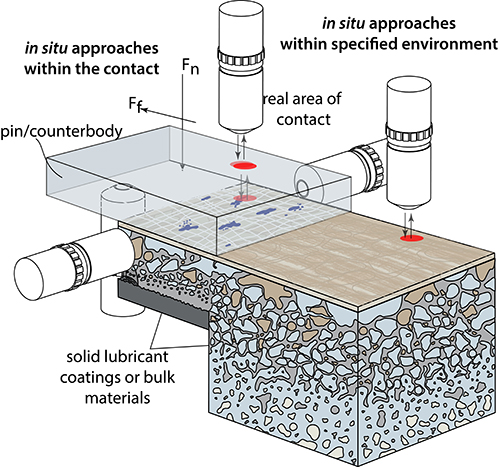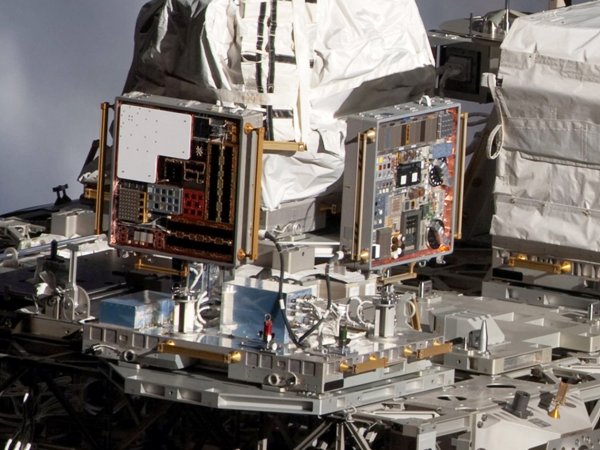Undergraduate Research Positions Available

Oportunity for hands on research experience.
Now Accepting Applications.
In the Tribology Laboratory, undergraduates will do experimental research focused on interfacial interactions of condensed matter. This includes studying the fundamental origins of friction, wear, surface deformation and adhesion on complex surfaces and materials ranging from cells to nanocomposites in environments ranging space to kilometers under water.
Active research includes analysis of materials that recently returned from the international space station, evaluating wear of dinosaur dental fossils, developing and patenting ultra-low wear polymer nanocomposites, studying and designing biocompatible and bio-inspired polymeric and hydrogel materials, and collaborating internationally on the physics of soft matter interactions. This research in tribology is at the intersection of mechanical engineering, materials science and surface physics.
Nanomechanical and Tribological Properties on Hadrosaurid Dinosaurs

Prof. Greg Sawyer, Greg Erickson and Brandon Krick measured nanomechanical and tribological properties on hadrosaurid (duck-billed dinosaur) dental fossils from the American Museum of Natural History. Using custom instruments, we measured tissue hardness and wear rates that were preserved in the 65 million year old tooth. These properties are preserved in fossilized teeth because apatite mineral content is the major determinant of dental tissue hardness. Measured tissue wear rates were used to simulate the formation of hadrosaurid tooth chewing surfaces using a 3-D wear simulation. The simulation results in a surface profile nearly identical to a naturally worn hadrosaurid dental battery. The model revealed how each tissue (of differing wear rates) contributed to the formation of sophisticated slicing and grinding features in these reptiles tens of millions of years before mammals evolved analogous chewing capacity. This capacity to measure wear-relevant properties preserved in fossils provides a new route to study biomechanics throughout evolution. See Journal papers:
Science, October 5, 2012, pp.98-101.
Experiments back from the International Space Station
Space Tribometers and Samples back for analysis

Materials on the International Space Station Experiments (MISSE) Space Tribometers were the first ever active tribometers directly exposed to the Low Earth Orbit Environment
The Tribology Laboratory at Lehigh University is under construction
The lab as of May 2013

The lab as of July, 3rd 2013

The main laboratory is located in Lehigh's Packard Laboratory.




